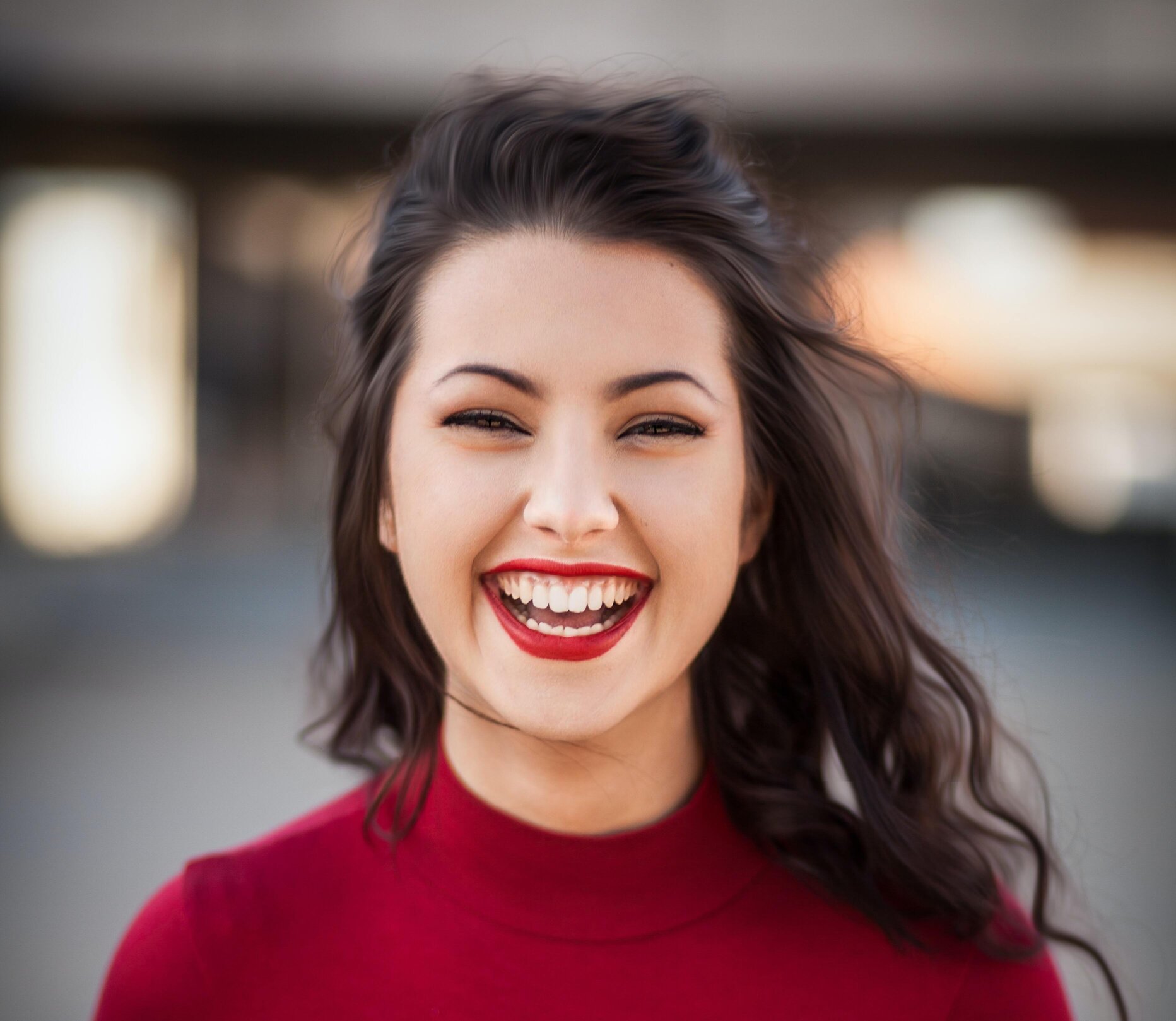
Photo by Michael Dam on Unsplash
The first thing people see on your LinkedIn profile is your picture. Don’t let your LinkedIn profile picture be the thing that prevents you from succeeding. This picture is often cropped, and it’s hard to see the whole of you. Follow these simple steps to create a fantastic LinkedIn profile picture that leaves a positive impression.
It’s time to update that blurry selfie you took in a rush before a job interview!
When you’re in a rush and you need a LinkedIn profile picture that’s not your current blurry selfie, there are many things you can do. You don’t have to hire a professional photographer to take one for you—instead, patience and the willingness to ask someone else for help.
Set up your smartphone or camera on something steady (a chair, box, etc.) with the timer set for ten seconds.
Ensure enough light in whatever room you’re using so that the camera doesn’t capture only half of your face.
Stand at least six feet away from the camera so that it will capture as much of your body as possible.
Make sure to smile!
Use a real photo.
Make sure you’re uploading an accurate picture of yourself, not an avatar/cartoon/meme. Don’t use a group photo—your profile is about you and your career, so make sure we see what you look like! Make sure you’re the only person in the photo and that it’s not a picture of your pet (no offence to pets). If you have children or are married, don’t use photos of them.
You want to look sharp but not intimidating.
People who don’t know you may mistake intensity for sternness or anger. When it comes to LinkedIn’s photo preferences, We have a few rules:

Photo by Jabez Samuel on Unsplash
First, you must use your smartphone camera if it is high resolution. Don’t shoot a quick snap with your iPhone and then upload the same image through an editing app for it to look like an artsy-chic collage. The look won’t be as polished and professional.
Second, the photo should show at least half of your face. This is the most important thing you can do to ensure that what you’re showing up on LinkedIn is more than just a pretty face. Unless they specifically instruct otherwise, we recommend using a shot that shows at least 50% of your face, no matter what angle or how much of your profile picture is used (such as via Instagram or Facebook). Anything less than this will cause people to wonder who else they know with that pretty face.
Make it professional and of high quality.
Your profile picture should ideally be a minimum size of 200 x 200 pixels and can be as large as 400 x 400 pixels which is the recommended LinkedIn profile picture size.
It should go without saying that your choice of attire is critical. You want to look professional and respectable, so avoid any clothing that’s overly casual or revealing. Think about the type of job you want, then dress for it. (For example, if you’re in a creative field and want to come across as edgy or artistic, maybe skip the traditional suit.) In any case, err on caution—keep it tasteful!
Once you have an outfit picked out (one that makes you feel confident), consider how to pair it with your body language. Your pose can make or break your LinkedIn photo. Don’t smile too hard; don’t appear bored or disinterested; don’t cross your arms; don’t stand sideways; don’t attempt to recreate the Mona Lisa. On the other hand, try not to be overly severe or stiff either—you want people viewing your profile to feel that you’re friendly and approachable. Hands at your sides seem like a safe bet here!
Bad lighting makes you look tired or washed out.
One of the most common lighting mistakes is taking your photo in front of a window. The light is too bright and casts dark shadows across your face, making you either tired or washed out, depending on the time of day.

Photo by Ben Tofan on Unsplash
Use a Great Headshot
The biggest mistake is a full-body shot. LinkedIn isn’t Facebook or Instagram, where you can post your best outfit of the day – it’s a professional networking site, so keep it professional. The only exception is that it makes sense to showcase your body of work if you are an actor, entertainer or model. Otherwise, people want to see your face to connect with you.
Remember: the focus should be on you and not on family members or friends in the background—they will distract from the focal point of your photo and take away the professionalism that LinkedIn promotes. You also want to look friendly and approachable in your photo (but don’t go too far here, either). Don’t smile so wide that everyone thinks you’re just itching for them to call so they can get an earful about how much fun this weekend’s softball game was!
Use a photo and not a logo.
Logos are for businesses, not people. When someone views your profile, you want them to connect with you, not a logo or symbol. A photo helps people put a face to your name and makes it more personal and inviting. Of course, if you want to add some brand personality to the background of your photo, that’s fine too!

Photo by Ben Sweet on Unsplash
Make sure you are the main subject in the photo.
Facing the camera, looking directly into the lens, is engaging and makes you look confident. This also allows your audience to focus on you and not on what’s in the background.
When people look at your photo, they shouldn’t be wondering who is in it with you. Instead, if there are other people in your profile picture, they’ll wonder if those people are necessary or related to you. Is that person a job reference? Your best friend? Is that your mom? Now they’re just confused.
Please don’t make them work for it. Make sure you are the photo’s main subject, so there’s no question about who your profile belongs to!
Fill the frame with your face.
A close-up shot makes it easy for viewers to see your face clearly, which can help make a positive first impression.
If you’re using a headshot, it’s best to use one cropped to the middle of your chest. This is because photos are displayed as circles on LinkedIn, and any parts of an image that extend beyond the circle aren’t visible in the final picture.
If you’re using a photo with more than one person, ensure you’re the main subject. In other words: don’t post a photo where someone else is taking up most of the space (or all of the space).
Capture What’s Unique About You in Your LinkedIn Profile Picture
Tinder says that making sure you look like yourself is a much more important consideration when choosing a picture for LinkedIn than it is. Why? Because your audience here is your professional network. They are professionals themselves and want to know if this profile belongs to the person they met at that conference last year.
This means no selfies (sorry, everyone), group shots or photos of you with sunglasses on. The same goes for hats, which can obscure your face shape in an unflattering way and hide your hair situation. So if you’re ever hesitant about whether or not to include a photo of yourself wearing a hat, don’t do it!
Pick something that represents you as a professional, not just you in general.
It would be best to avoid pictures that only show you generally. For example, a picture of yourself standing against a white wall with your arms crossed is not an effective photo for your LinkedIn profile. It does not show what you do professionally or your interests and hobbies. Instead, select images that represent specific things about yourself.
For example, if you are passionate about rock climbing, consider taking photos from one of your recent expeditions to the mountains. Consider showcasing some of the available work on your website if you are an artist (musician, actor, painter, etc.). Are you an avid traveller? Show off photos from some of the trips you’ve taken recently! Finally, if you have been involved in extraordinary events and conferences in the past, think about posting pics from those!
Remember your posture.
It would help if you stood up straight, but not like a soldier at attention. Instead, think of it as if a string is attached to the top of your head pulling you skyward. Stand up straight and make sure your shoulders are back and relaxed. You’re too far away if you slouch or feel like you need to lean forward to be seen by the camera. If sitting down for the photo, ensure you’re sitting tall with your spine in a neutral position and shoulders back—it makes all the difference!
Don’t cross your arms or put them on your hips. Crossing one’s arms across the chest can convey an image of being closed off from others. In addition to keeping a straight posture and facing the camera, keep both hands on either side with palms slightly open (like how people would hold their hands together during prayer), which conveys openness and sincerity.
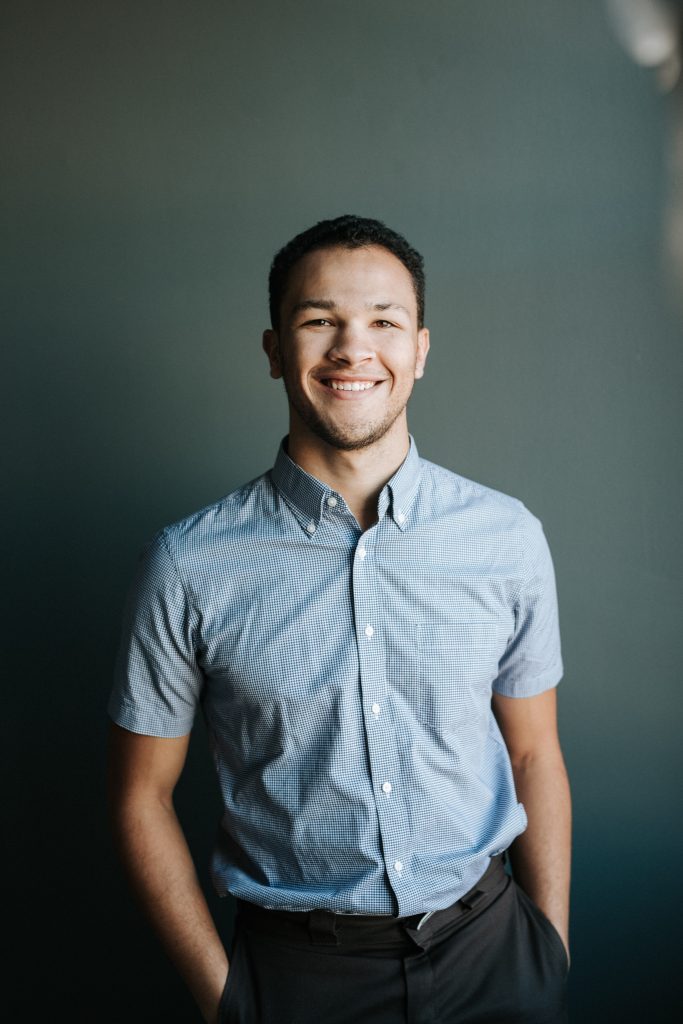
Photo by Ben Parker on Unsplash
Take off your sunglasses.
Sunglasses have their place — on the beach, at a music festival, or on a ski slope. But not in your LinkedIn profile picture! If you’re hiding behind shades, people won’t be able to see what you look like, defeating the whole point of posting a photo. Sunglasses also give off a lazy or “slacker” vibe that you probably want to avoid.

Photo by Dragos Gontariu on Unsplash
Sunglasses, hats and other accessories are a bit too distracting and can get in the way of making that human connection with a viewer.
Look directly into the camera and slightly turn your face to the side.
Making eye contact is essential. On that note, look directly into the camera and slightly turn your face to the side. This way, you’ll appear engaged and confident in the picture. Avoid an over-the-shoulder pose, as it can make you appear too casual or like you’re avoiding eye contact.

Photo by charlesdeluvio on Unsplash
Also, avoid looking down at your phone or the ground—this photo is for your LinkedIn profile, not for a dating app 🙂
It would help if you kept your eyes open and expansive (no squinting). When people think and concentrate, they narrow their eyes, making them look angry or disinterested in photos that aren’t great for making an excellent first impression on LinkedIn. If you’re taking a “selfie” type shot with your phone’s front-facing camera — make sure you have good lighting so that people can see your face!
Smiling Is Good, But Don’t Go Overboard.
Despite your best efforts, LinkedIn has a way of turning your gravestone photo into an open-mouth grin. The truth is that LinkedIn is not a place where you want to brag about how hard you are working to earn the most money possible. So don’t be afraid to take a break and enjoy yourself in your photo. The more likeable you look, the better chance you have of impressing recruiters and making them want to get back in touch with you.
But being overly chatty about using LinkedIn might not be the best way for recruiters to connect with you in the first place. You’re opening yourself up to be judged by people who have no idea what it’s like in your business—a bad idea if there ever was one! So do something original and unique when taking pictures for your profile picture.
Take your photo in front of a blank wall (or outdoors, in front of greenery).
To ensure your profile photo captures the best representation of you, take it in front of a blank wall or greenery if you’re outside. Adding another object may cause the viewer’s eye to be distracted from your face. Likewise, if you must have something in the background, such as a large window for lighting or aesthetic purposes, make sure it is far enough away not to overshadow your face.
Also, remember that you’re trying to make a good impression on people who will never know you save through this photo and whatever they read in your profile. So think about the impression you want them to have (e.g., thoughtful and intelligent versus fun-loving and approachable) and what type of clothing might convey that impression appropriately (e.g., professional dress versus casual dress).
Avoid taking the photo in front of paintings or other decorations that can distract the viewer.
Your image is a critical component of your LinkedIn profile. As with any photo, it must be composed well and have a clean background. Here are some tips:
Avoid taking the photo in front of paintings or other decorations that can distract the viewer.
Make sure you’re standing close enough to the camera, so your face fills most of the frame but not so close that you look distorted by the lens.
Stay within arm’s reach of the camera and strike a natural pose—clasping your hands together or placing them in your pockets will help you feel more relaxed during the shoot and look less stiff in photos.
Don’t wear a baseball cap, visor, sunglasses or anything else that could obstruct viewers’ view of your face—this includes hats, scarves and bulky sweaters with hoods (even if they don’t cover your head).
If someone offers to take an outdoor portrait of you, make sure no one walks into the frame while you’re being photographed (especially if they’re wearing all black). Also, avoid taking pictures in front of excessive murals or busy sidewalks, as these can detract from your professional image when viewed on LinkedIn.
You don’t need to wear makeup, but if you do, keep it professional-looking.
A little mascara here, a slight blush there– that’s fine. But don’t be afraid to go all out: natural eyebrows, lashes, and lips will photograph well, as will a bit of eyeliner or eyeshadow.
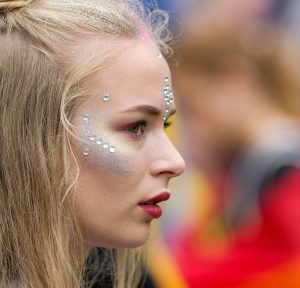
Photo by Grahame Jenkins on Unsplash
Please don’t take it in the mirror.
The easiest way not to take a picture of yourself in the mirror is not to take a picture of yourself. Duh. However, this can be tricky if you’re using your phone as your camera and can’t see anything on the screen other than what you’re pointing it at (most phones don’t show a reverse image, so it might look like you’re NOT taking a self-reflection, even if you are).
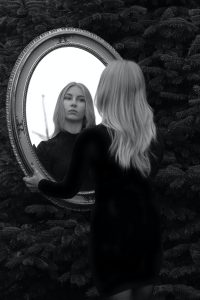
Photo by Ingo Doerrie on Unsplash
If you must take pictures by yourself: use natural light and ensure there aren’t any mirrors around. Set your camera on a tripod to avoid moving around too much while you snap pictures. This will give you more options when editing later on.
I recommend asking someone else to help out instead! Mainly if this is the first time you are taking a picture. Bribe them with pizza, and they’ll be happy to help (plus, they might capture a great candid shot). If there’s no one to help, try using basic timers instead!
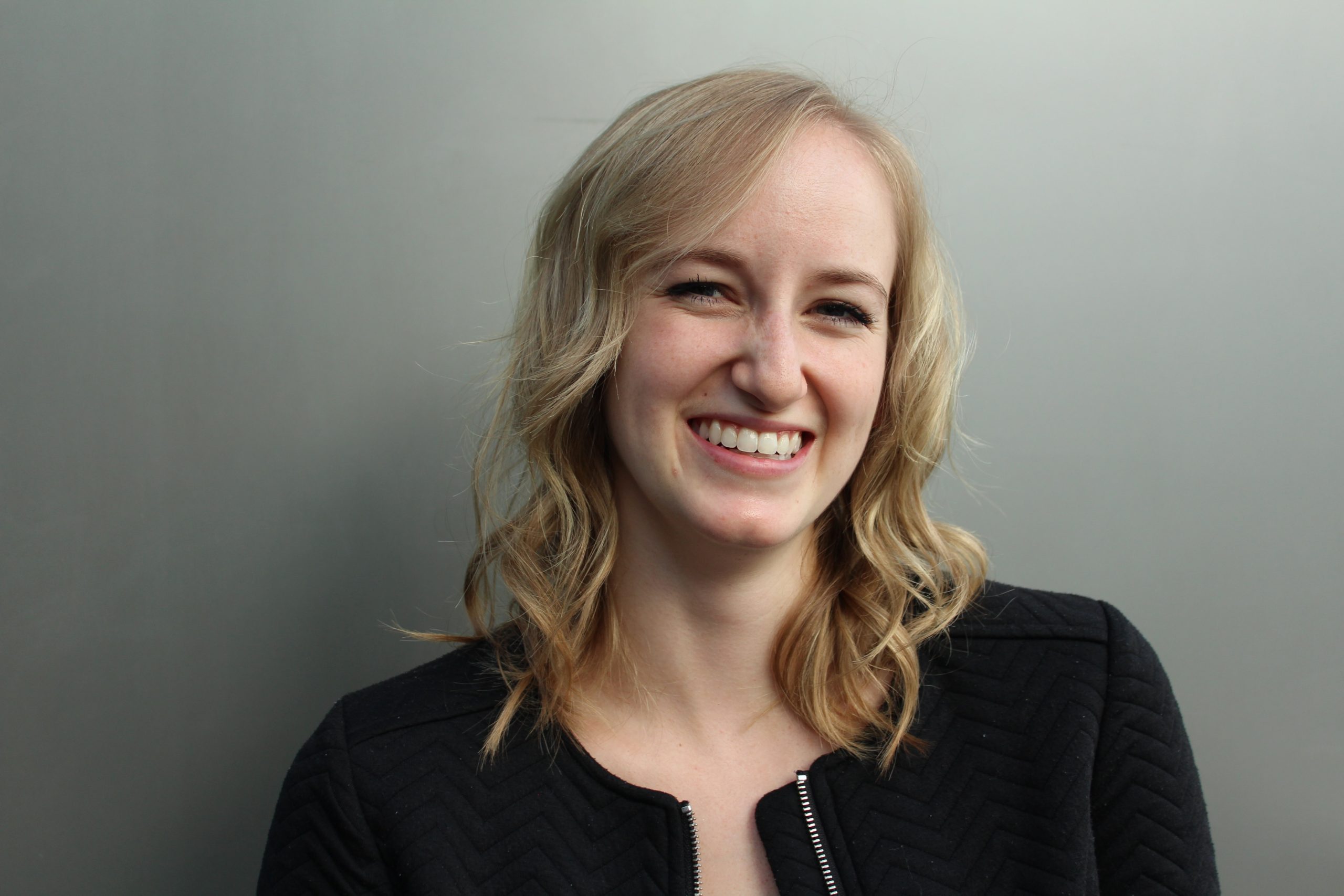
Photo by May Gauthier on Unsplash
Use natural light, and put your camera on a tripod.
At first glance, it might seem like taking pictures for your LinkedIn profile is all about contorting yourself into awkward positions to exploit the magic of natural light. However, I assure you this is not always necessary. Using a tripod to stabilize your camera is enough to get any professional image you want; make sure you turn off the flash so that there aren’t distracting shadows underneath your head.
You don’t need to hire a professional photographer to have a great LinkedIn profile picture!
You might think you need to hire a professional photographer to help you make the perfect LinkedIn profile picture, but that’s not the case!
You’re ready to go as long as you have a decent camera (and any smartphone will do). Some friends use professional headshots for their LinkedIn profiles and see better results when switching to a more candid photo.
If someone else takes the photo for digital submission, wear makeup if you usually do (don’t wear too much!). Don’t go crazy with accessories like hats or flashy jewellery—you want people to notice your face first!
Once you’ve taken multiple photos that meet these criteria, ask a trusted friend or colleague which one they think looks best on you.
Verify Your Profile Picture is Set to Public
People can see your image in a Google Image search. Make sure you are happy with the image that appears when someone clicks on one of the images. Click the [Edit] button, go to “Visibility of your LinkedIn profile & network”, and make sure it is set to Public.
Conclusion: As you can see, taking a professional-looking LinkedIn photo is more straightforward and reflects your brand. The best way to do so is to remember that you’re making your LinkedIn profile picture for a job search and treat it as such. Ensure that your LinkedIn profile photo accurately reflects the person behind the image to avoid an incorrect impression.
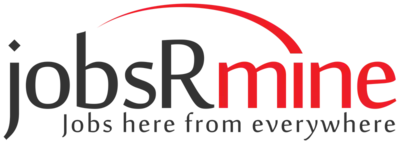
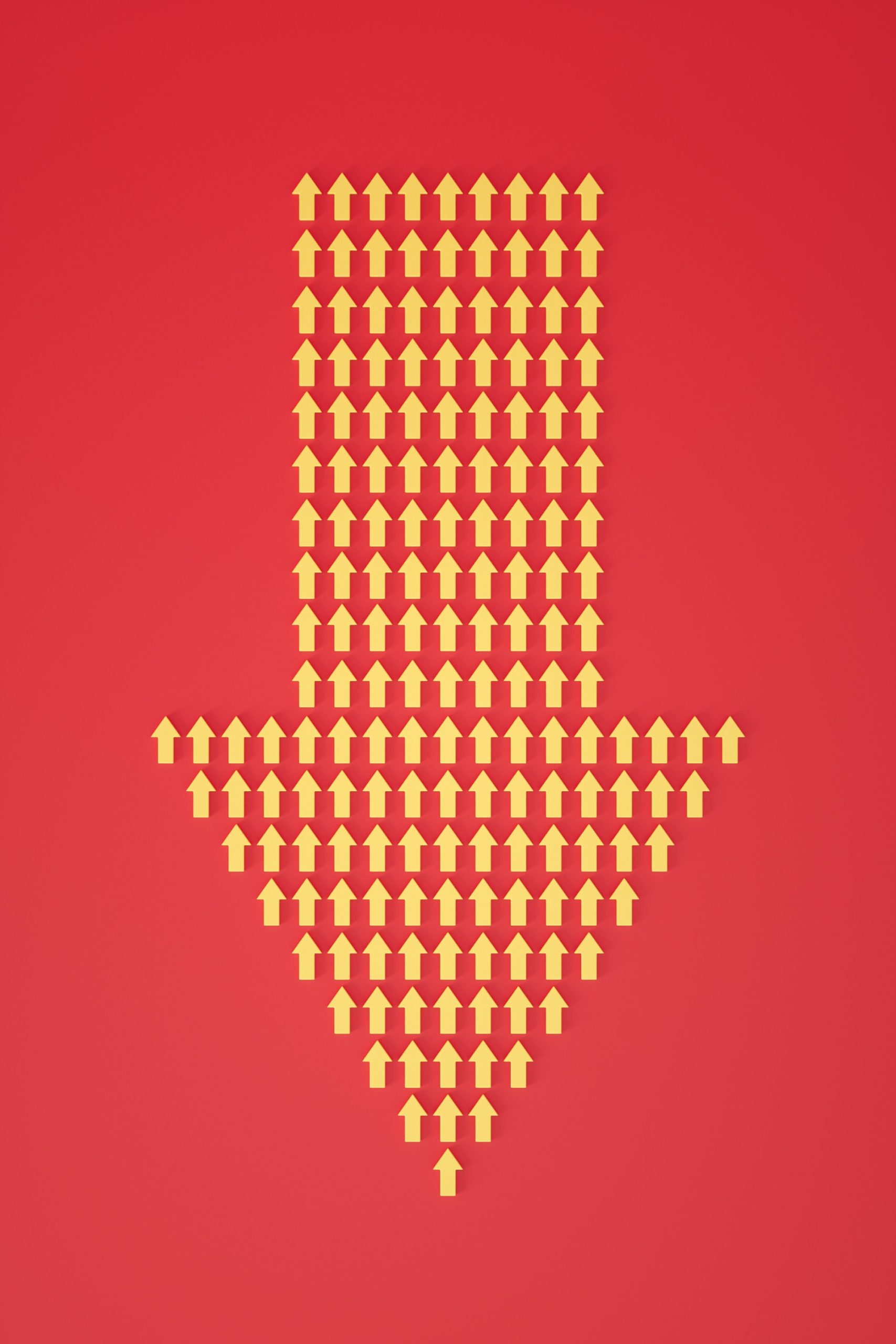
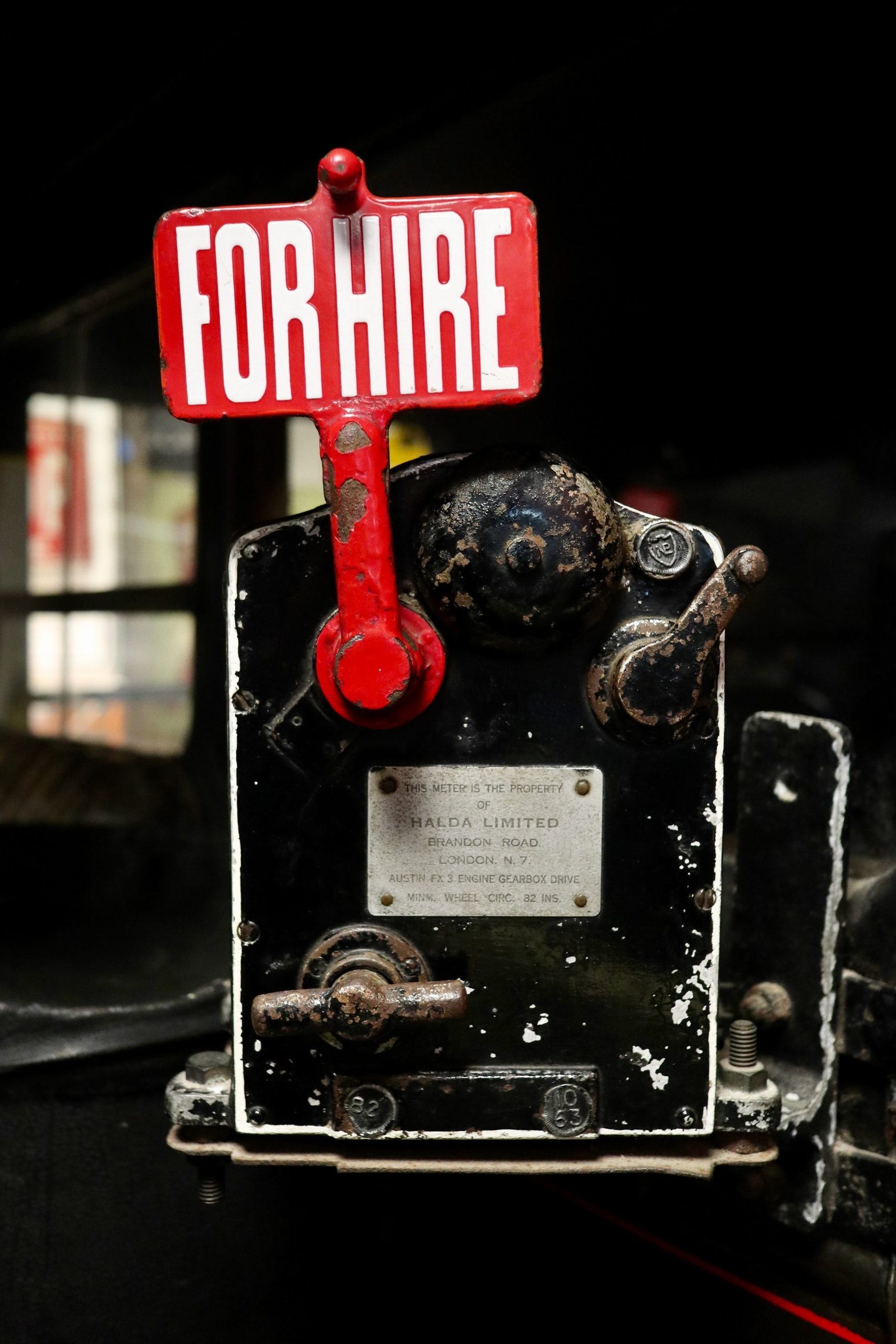
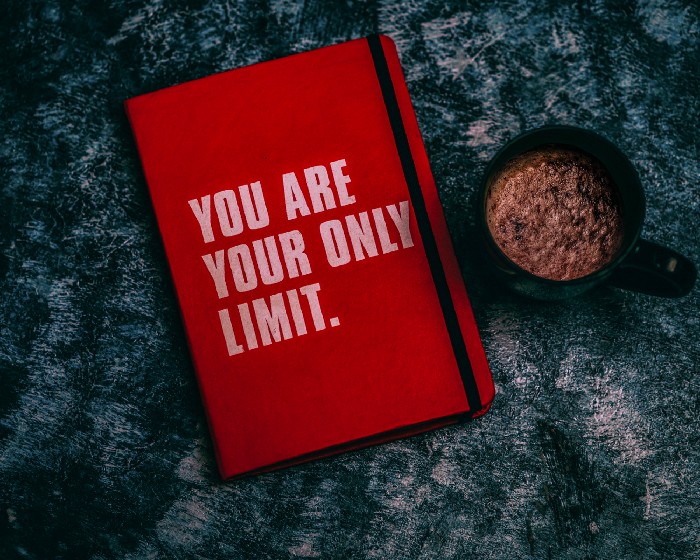
 Interview Anxiety – Know How to get your nerves under control
Interview Anxiety – Know How to get your nerves under control